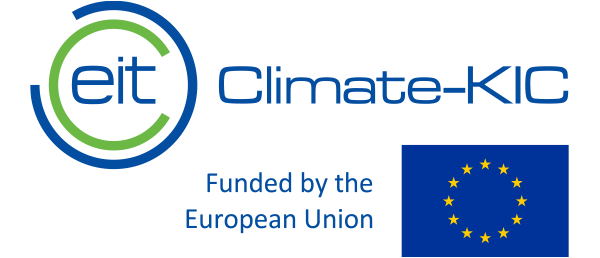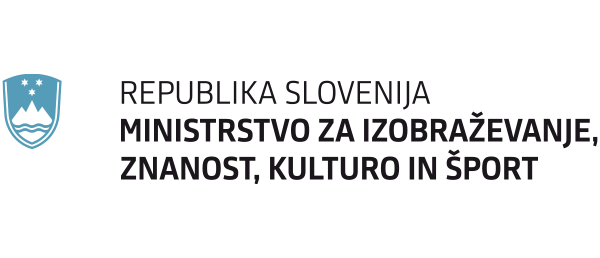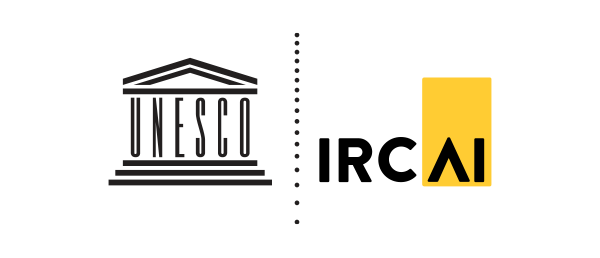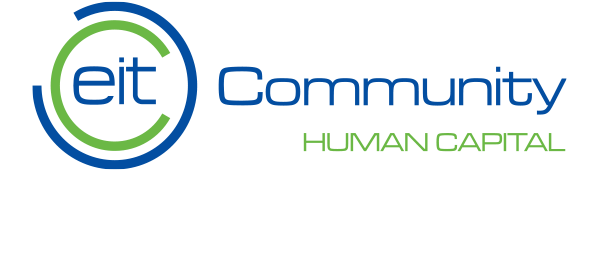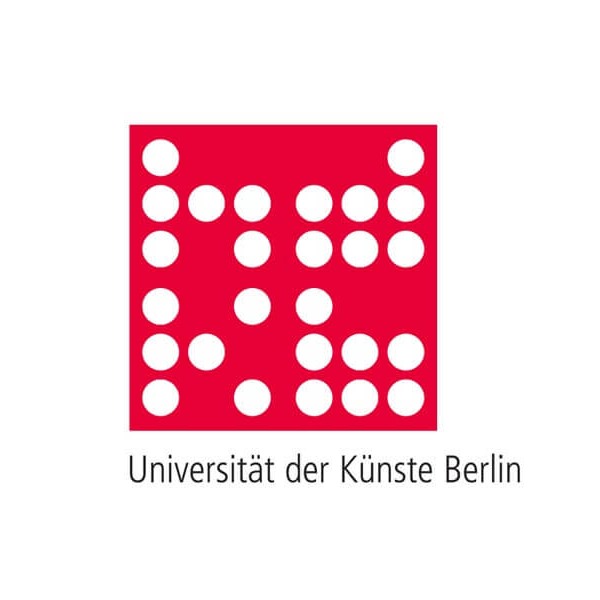
"Build your world by reading and writing"
This proposal aims to promote reading and writing competences of elementary school students. For this purpose, an interactive learning game has been developed based on four modules
1. activation of the environment
2. expansion of the environment
3. animation of the environment
4. creating stories

Team: The M-K family
Members roles and background
Joscha (8 years old): Head of the team
Leo (13 years old): Joscha´s brother and assistant, helped to look after little Luci (2) while Joscha presented our ideas
Carlos / Cordula : GIS-Expert/primary school teacher, assistants
Solution description
The method was designed in accordance with and in order to promote the child's development; the activities included are part of an expanding modular structure, supported by the WRITECRAFT hardware and software.
The basic idea is that the user builds its own learning world, similar to the famous computer game "Minecraft", which is very popular among children. By mastering a wide variety of reading and writing exercises, learners can create objects and actions that relate to their own reality of life usable in their virtual world.
The literacy exercises adapt to the child's progress in reading, writing, and comprehension. These results or actions that occur in the succesful completion of a level of knowledge in a certain area are not events that occur as rewards unrelated to the pedagogical content or randomly as trivial entertainment, but concrete actions that are related to the process of grasping reality through reading and develop according to the fluency of the concrete action of reading syllables in order to form words. The aim is to expand reading and writing skills, as well as the understanding of the environment. Therefore, the modules not only use the child's intelligence, but also contribute to its development.
Module 1: Activation of the environment
The software to be used provides learners with a "basic world" within which they can move around in the first-person perspective. This "basic world" can be adapted to local conditions, e.g. to an environment typical for a country or place (city vs. countryside, Germany vs. Italy, India vs. Thailand, etc.). In the virtual world, there are words at the corresponding locations that belong to a certain subject area (for example, at a FUEL STATION there are CARS, there is a SHOP, a MAN, a WOMAN, a CHILD, etc.). By clicking on the words, the child can read them to the software, and if they are read correctly, the corresponding object appears. The words can also be written on the screen if necessary. A map is part of the software, which can be used to find objects the child wants to acquire.
Step 1 - The child selects an area in the world he wants to explore by reading and writing.
Step 2 - The child reads (writes) the words he sees, these are processed by the software.
Step 3 - If the child reads correctly, the word first appears in color; if the child then writes the word correctly, the matching item appears and can then be used by the child.
Note: the exercises used to read may vary, other ideas include e.g. a syllabus puzzle
Module 2: Expansion of the environment
The child's cognitive experience is expanded with new objects that are added to the WRITECRAFT software by having the child speak the name of the object.
Step 1 - The child speaks the name of a new object into the device (for example, because he or she wants to use a POCKET LAMP in the virtual world to find his or her way around a dark house).
Step 2 - The software shows the desired word among a few other similar words.
Step 3 - The child has to find the correct word and clicks it in order to get to the place within its world where the desired objcet is hidden. He then needs to write the word correctly in order to acquire it.
Step 4 - The object appears and can be used by the child.
If the child finds the word "accidently", it always has to read AND write the word in order to acquire it.
Note: steps 1-4 need to be repeated if the child needs more than one object of the same kind.
In this way, the child can expand his virtual world by addint the words he considers relevant, learning to read and write them at the same time.
In addition to reading the names of objects, learners can also "collect" verbs and adjectives in the same way.
From a certain level of proficiency on, the child will have to read and write sentences in order to acquire new objects.
Module 3: Animation of the environment
From the objects already read in the virtual world, sentences can also be created once a certain reading/writing proficiency has been reached. From this moment on, actions and interactions can take place in the world. As in Module 1, these sentences are located in certain places within the learning world, but they can also be "created" by the child himself by speaking/writing them down (see above). Consequently, the actions can be not only logical ("The car drives on the road"), but also strange and funny, especially when learners make them up themselves (e.g., "The dog flies" or "The flower grows in the air," etc.). This provides great motivation for children.
Step 1 - The child selects objects and verbs to represent an action (e.g. the dog + fly).
Step 2 - The software represents the action selected by the child.
Module 4: Creating stories
When the users have reached a certain proficiency level, they can tell stories using the words/phrases they have already developed. To do so, they assemble sentences into small stories that are processed by the software and presented as animations.
Step 1 - The child writes a story using the words they already know and enters it into the software.
Step 2 - The software checks the story for any errors, these then have to be corrected by the child if necessary
Step 3 - The revised story is visualized by an animation.
Solution target group
primary school students
Solution impact
enable children to read and write while playing
Solution tweet text
WriteCraft - Build your world by reading and writingSolution innovativeness
A fun way to improve children´s reading and writing skills
Solution transferability
Could also be used for other school subjects, e.g. maths, science,...
Solution sustainability
Could be implemented all over the world, especially in the pandemic context where schools are closed in many countries
Solution team work
We had a great time assisting our children to develop their idea
* Climate-KIC publishes the proposed solutions developed during the DigiEduHack event solely for the purposes of facilitating public access to the information concerning ideas and shall not be liable regarding any intellectual property or other rights that might be claimed to pertain to the implementation or use any of the proposed solutions shared on its website neither does it represent that it has made any effort to identify any such rights. Climate-KIC cannot guarantee that the text of the proposed solution is an exact reproduction of the proposed solution. This database is general in character and where you want to use and develop a proposed solution further, this is permitted provided that you acknowledge the source and the team which worked on the solution by using the team’s name indicated on the website.


